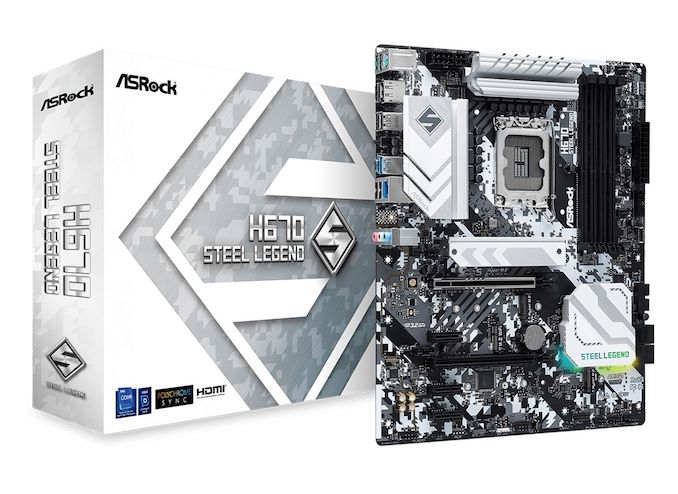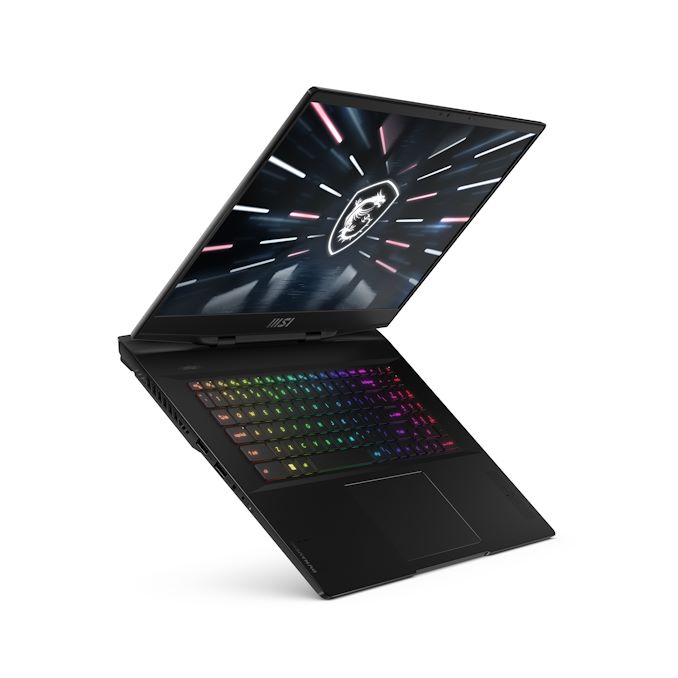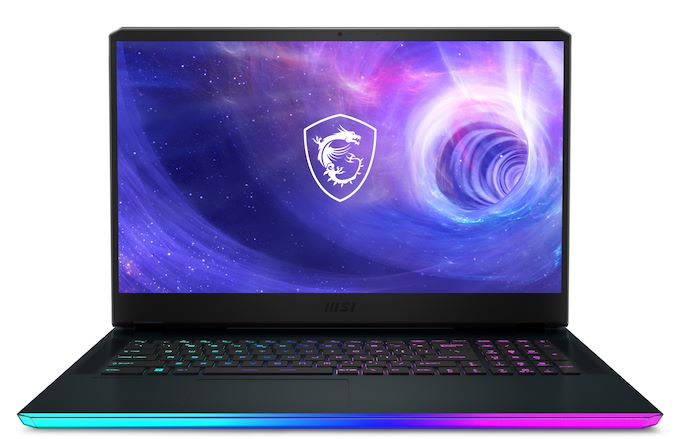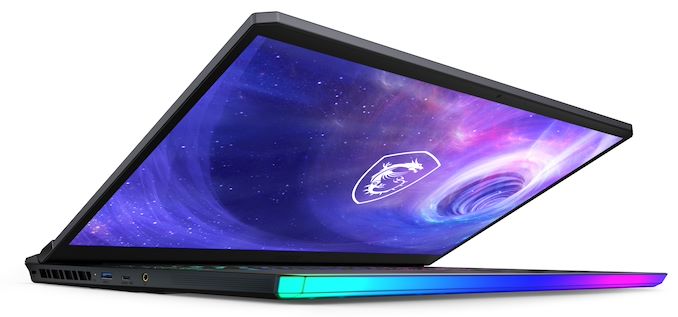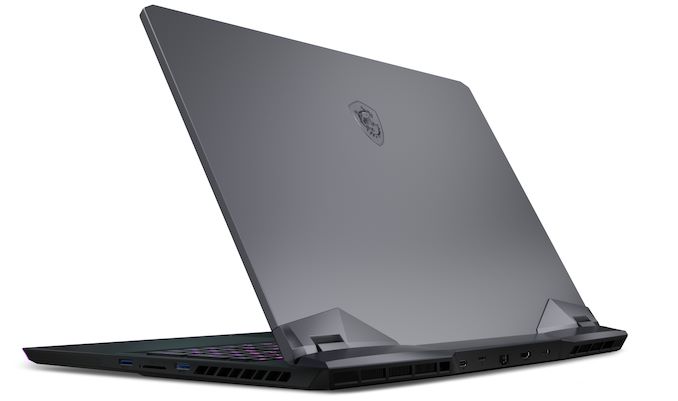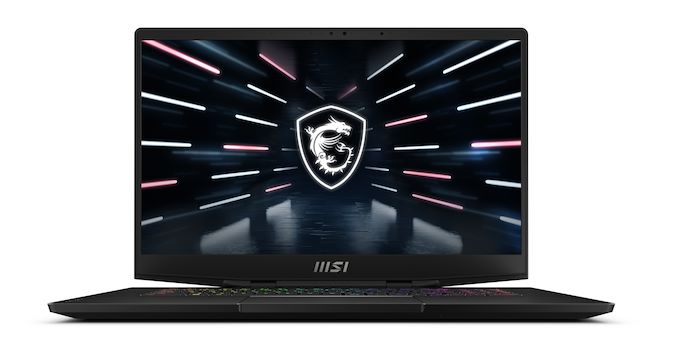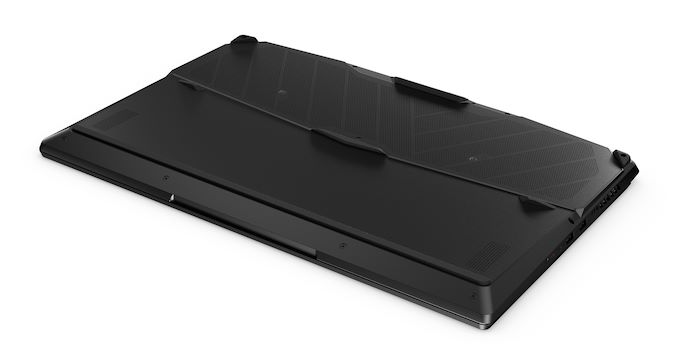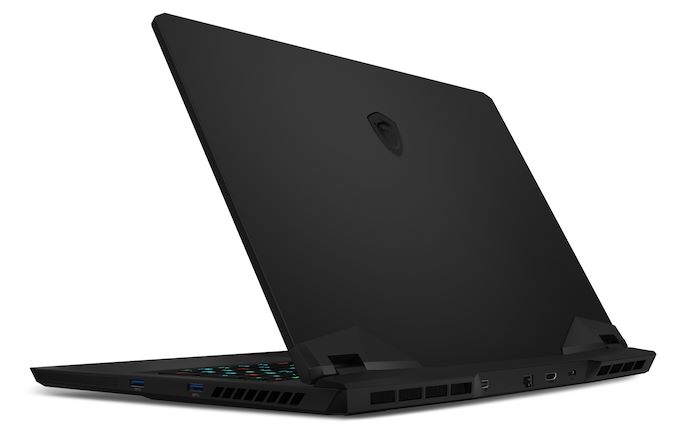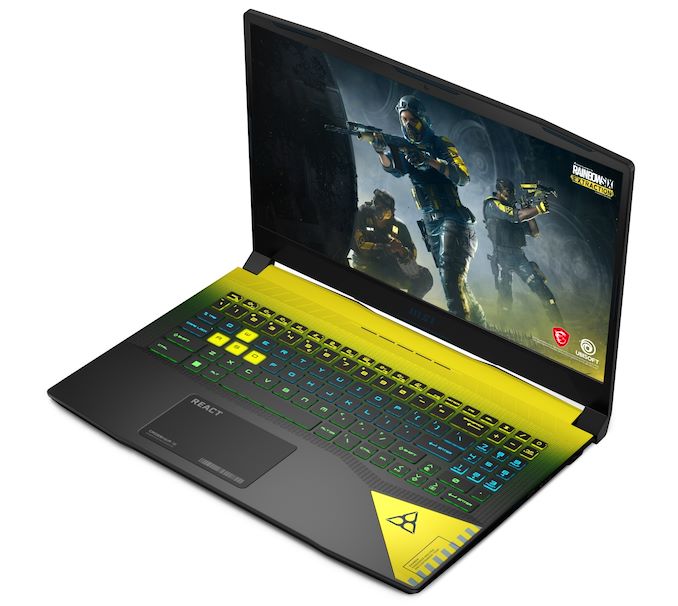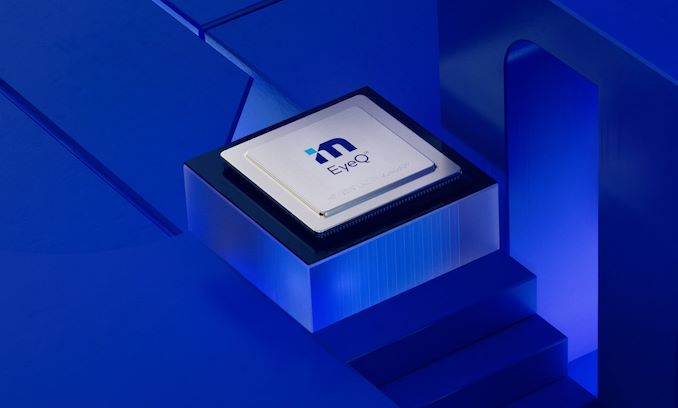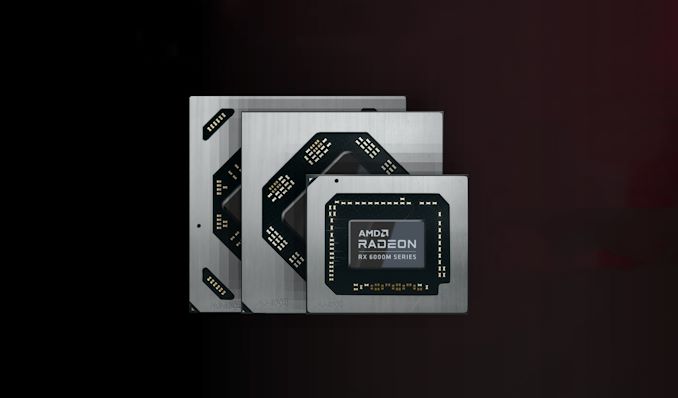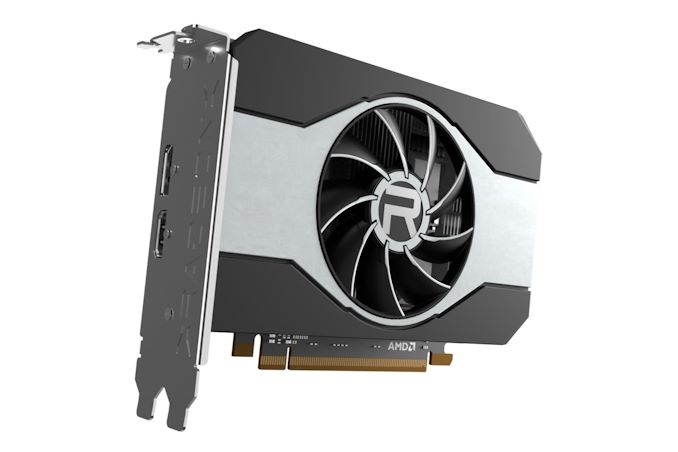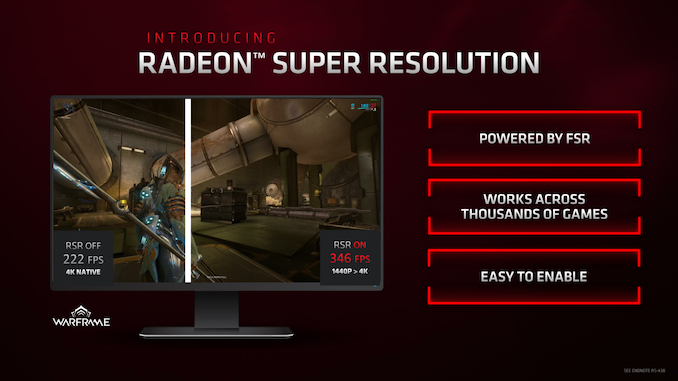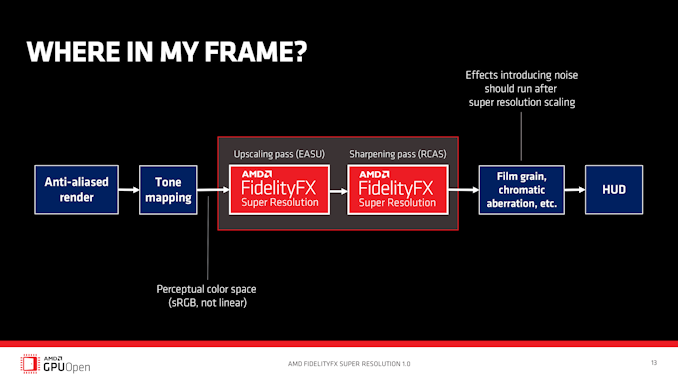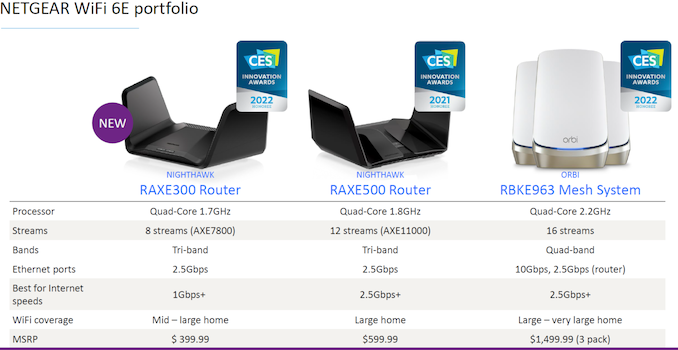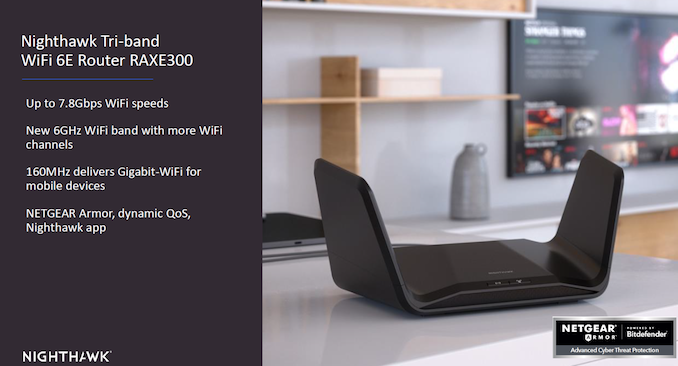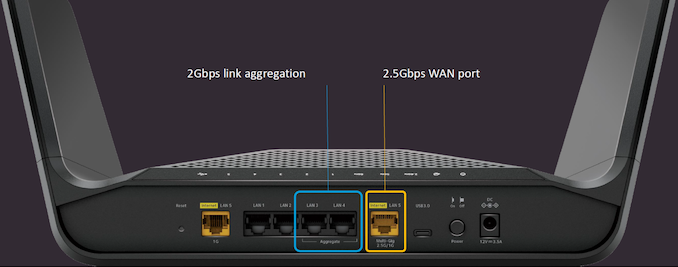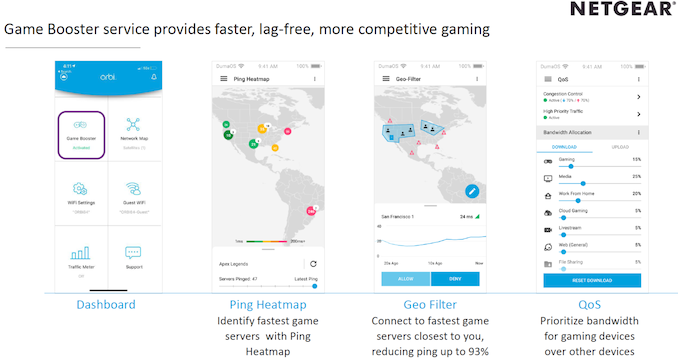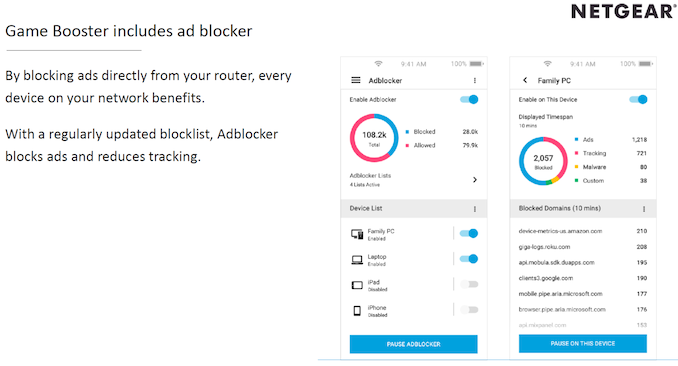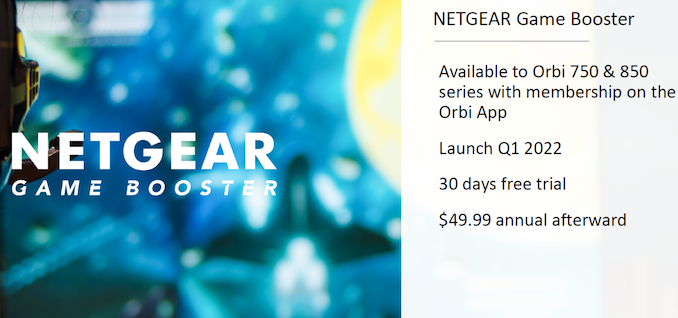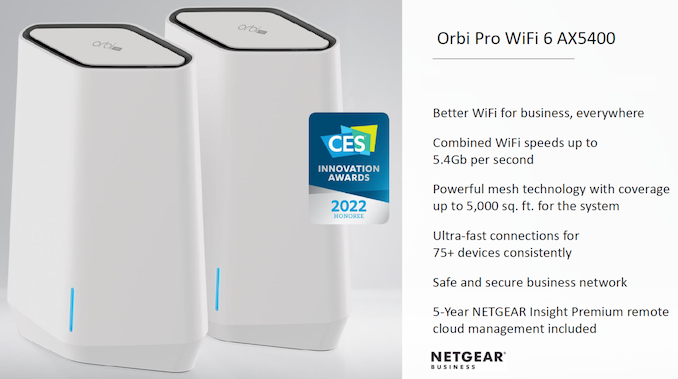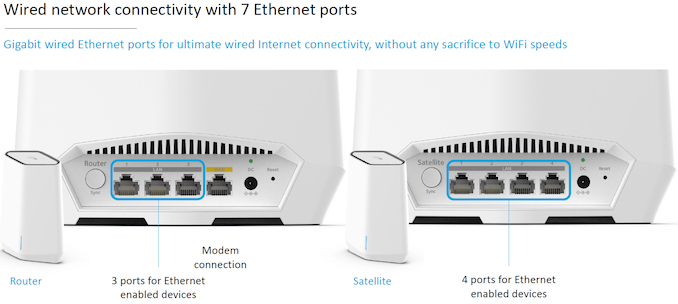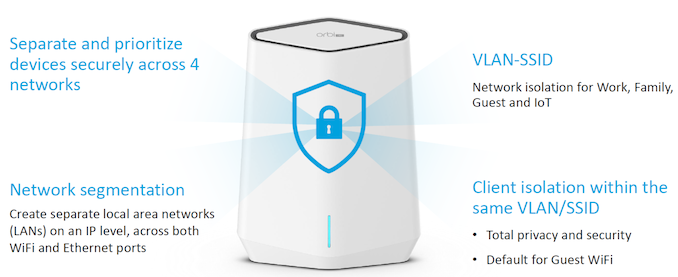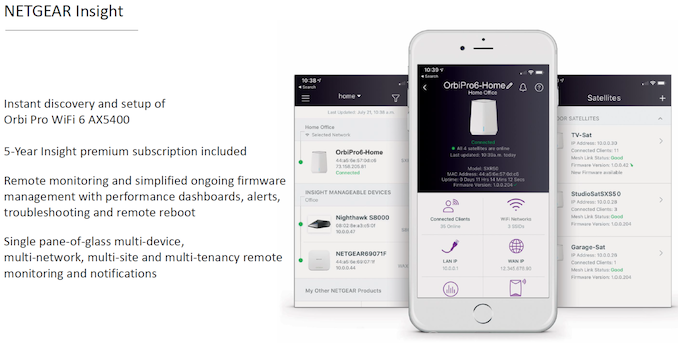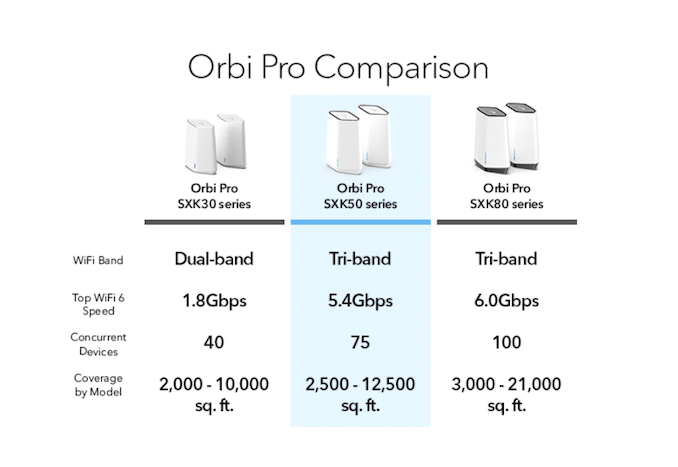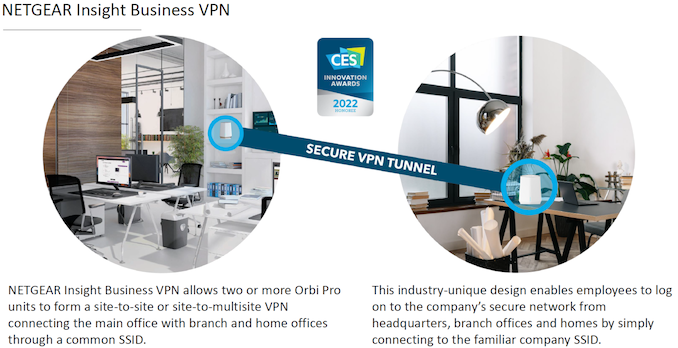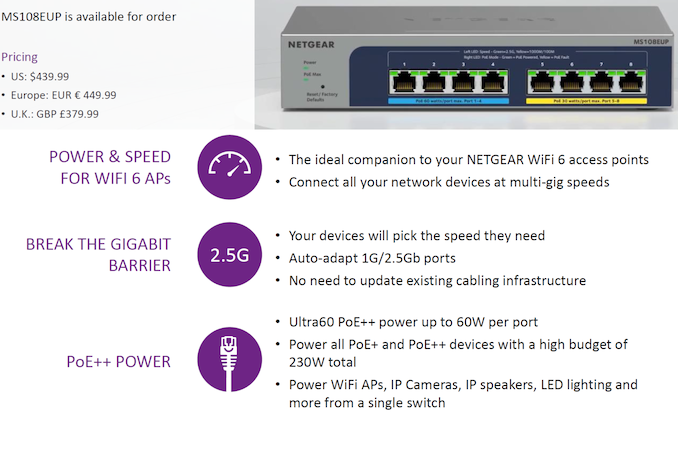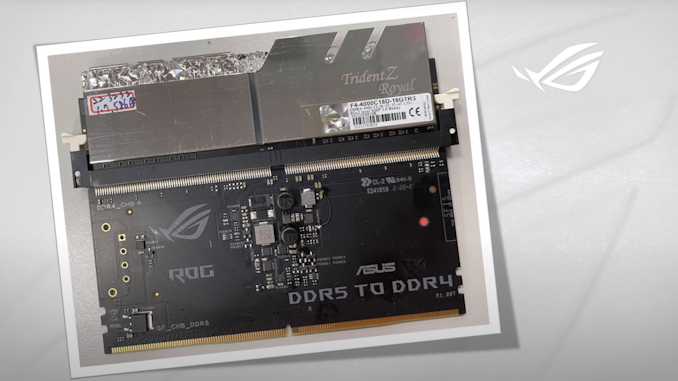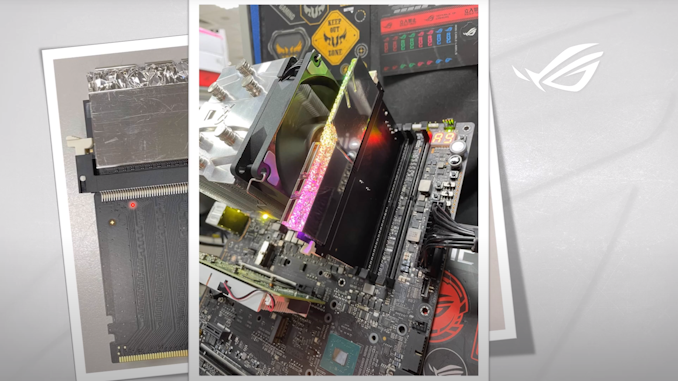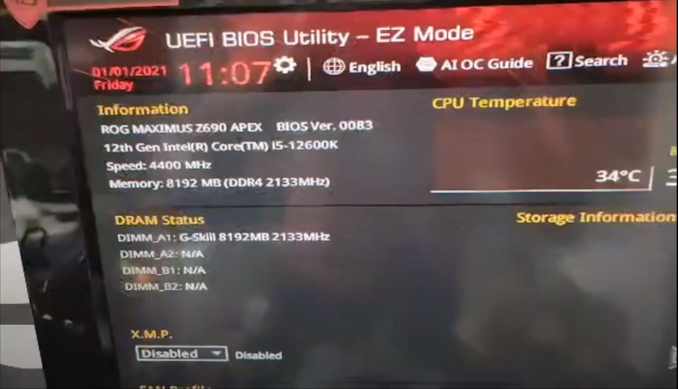At CES 2022 in Las Vegas, ASRock has unveiled many new 600 series motherboards. This includes three Steel Legend series models, one B660, one B660M, and one H670 model. All three can support up to 128 GB of DDR4 memory, include a Realtek ALC897 HD audio codec, as well as a single 2.5 GbE port, and all follow the same Artic urban camouflage themed design, each with advertised 9-phase power delivery.
Intel announced a total of 22 new Alder Lake Desktop-S processors ranging from budget Celerons starting at $42, with higher spec and ultimately higher-priced Core i3, i5, i7, and i9 parts. Intel also launched three new chipsets to supplement the processors, including the H670, B660, and H610. Among ASRock’s dropship of new 600 series models designed for users on a tighter budget than what Z690 offers are a total of three Steel Legend branded motherboards designed for Intel’s Alder Lake platform with DDR4 memory.
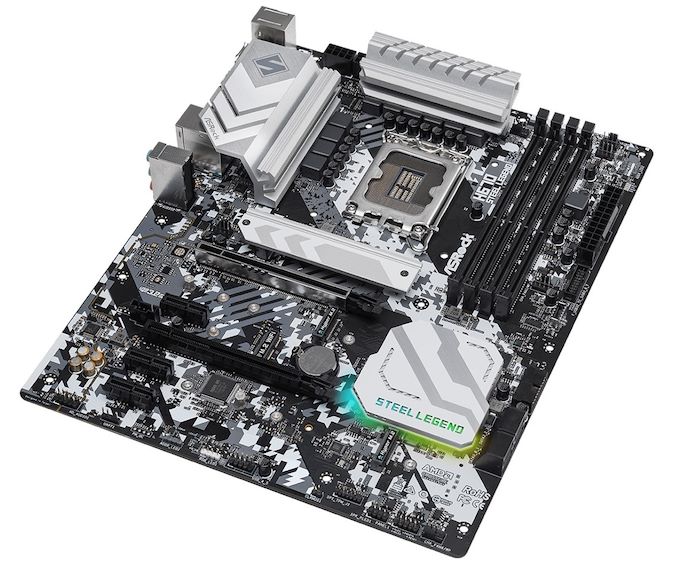
The ASRock H670 Steel Legend ATX motherboard
Both the ASRock H670 Steel Legend and B660 Steel Legend are very similar in specifications as the pairing features a 6-layer ATX sized PCB. Both models with two full-length PCIe 5.0 slots that can operate at x16 and x8/x8, and three PCIe 3.0 x1 slots. Both models include four SATA ports capable of supporting RAID 0, 1, 5, and 10 arrays, as well as one front panel USB 3.2 G2x2 Type-C header.
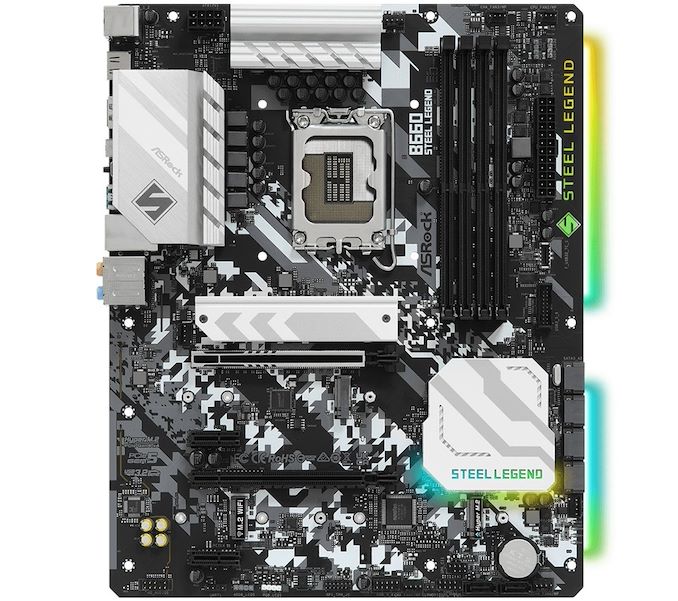
The ASRock B660 Steel Legend ATX motherboard
The difference between the H670 and B660 Steel Legend models is that the third full-length PCIe 4.0 slot operates at x4 on H670 Steel Legend (x2 on the B660), and all three PCIe 4.0 M.2 slots can support up to x4, while the B660 Steel Legend has two PCIe 4.0 x4 M.2 slots, with one operating at PCIe 3.0 x 2 M.2 slot.
Both the ASRock H670 and B660 Steel Legend models can support up to 128 GB of DDR4-5000 across four memory slots, with other features including a Realtek RTL8125BG 2.5 GbE controller, a Realtek ALC897 HD audio codec, as well as a Key-E M.2 slot for users wishing to add a wireless interface.

The rear panel on the ASRock H670 Steel Legend with USB 3.2 G2 connectivity
On the rear panel of the H670 Steel Legend is one USB 3.2 G2 Type-C, one USB 3.2 G2 Type-A, two USB 3.2 G1 Type-A, and four USB 2.0 ports. The H670 Steel Legend also has a Realtek ALC897 HD audio codec that powers three 3.5 mm audio jacks. The B660 Steel Legend has a similar rear panel minus the USB 3.2 G2 connectivity, with one USB 3.2 G1 Type-C, four USB 3.2 G1 Type-A and two USB 2.0 ports. The B660 version also uses a Realtek ALC897 HD audio codec but utilizes the extra space and includes five 3.5 mm audio jacks and S/PDIF optical output.
Both the B660 and H670 Steel Legends include a handy BIOS Flashback button, a PS/2 combo port, and a video output pairing consisting of one HDMI 2.1 and one DisplayPort 1.4.
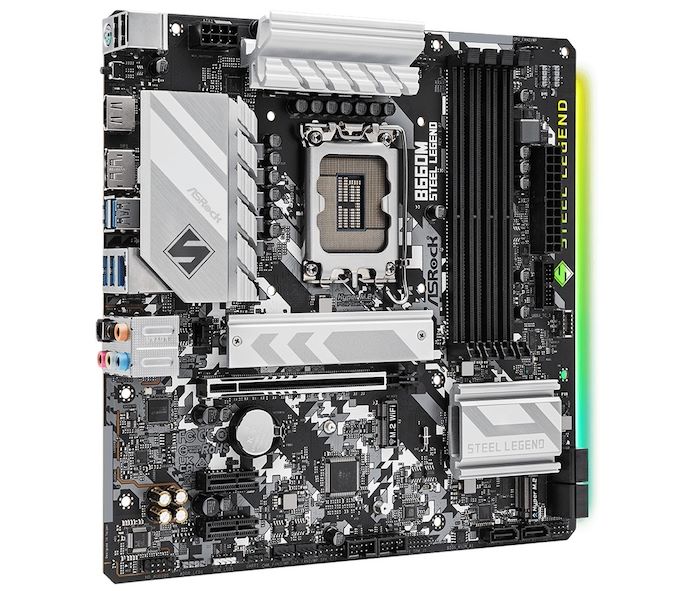
The ASRock B660M Steel Legend micro-ATX motherboard
Last is the ASRock B660M Steel Legend, which has a smaller micro-ATX sized PCB but has fewer PCIe slots than the ATX sized version due to size constraints. Included is one full-length PCIe 5.0 x16 slot, two PCIe 3.0 x1 slots, with two PCIe 4.0 x4 M.2 slots. Other storage options include six SATA ports, with four powered by the chipset with support for RAID 0, 1, 5, and 10 arrays, while an ASMedia ASM1061 SATA controller powers the other two.
The ASRock B660M Steel Legend also has four memory slots supporting DDR4-5000 and up to 128 GB of capacity. The rear panel has four USB 3.2 G1 Type-A and two USB 2.0 ports, with one Realtek RTL8125BG 2.5 GbE controller and a Realtek ALC897 HD audio codec that powers five 3.5 mm audio jacks and S/PDIF optical output. Also present is a PS/2 combo port, an HDMI 2.1 and DisplayPort 1.4 video output pairing, as well as a small BIOS Flashback button.
At the time of writing, ASRock hasn’t provided when the H670, B660, and B660M Steel Legend motherboards will be available in retail channels or how much they might cost.
Source: ASRock
Source: AnandTech – CES 2022: ASRock Announces B660, B660M, and H670 Steel Legend Motherboards

